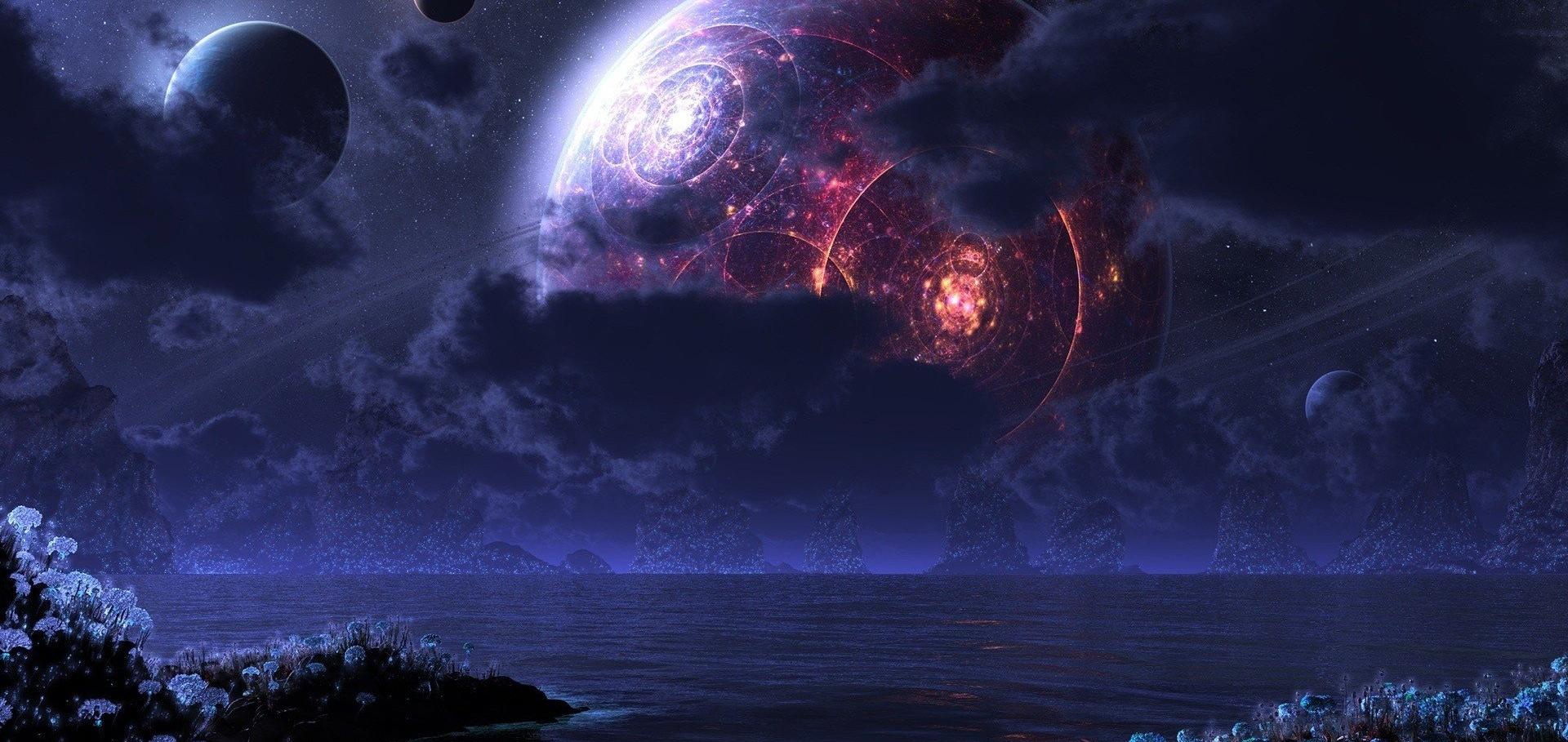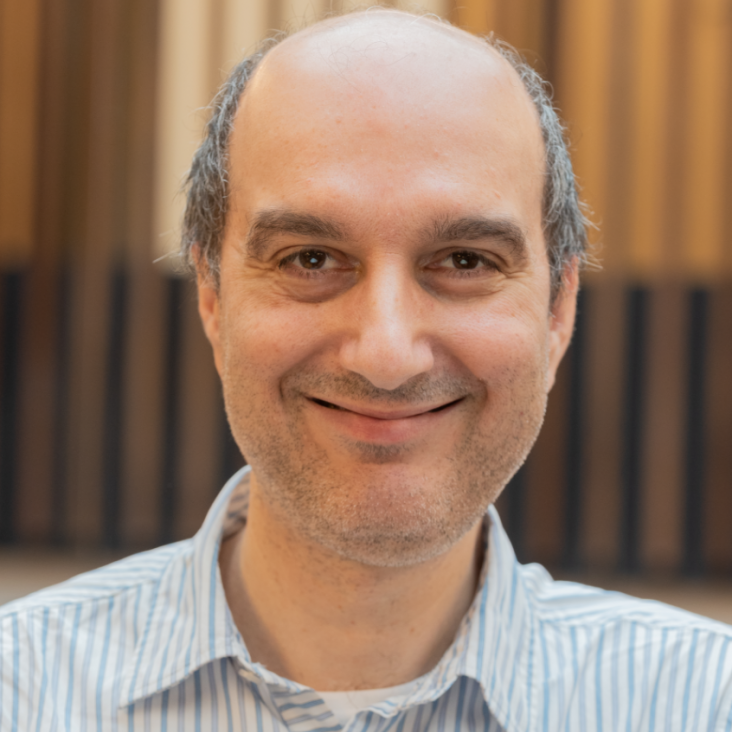Towards a Quantum Fluid Theory of Correlated Many-Fermion Systems from First Principles
(2021)
A feasibility study of using X-ray Thomson Scattering to diagnose the in-flight plasma conditions of DT cryogenic implosions
(2021)
Inefficient magnetic-field amplification in supersonic laser-plasma turbulence
Physical Review Letters American Physical Society 127 (2021) 175002
Abstract:
We report a laser-plasma experiment that was carried out at the LMJ-PETAL facility and realized the first magnetized, turbulent, supersonic plasma with a large magnetic Reynolds number ($\mathrm{Rm} \approx 45$) in the laboratory. Initial seed magnetic fields were amplified, but only moderately so, and did not become dynamically significant. A notable absence of magnetic energy at scales smaller than the outer scale of the turbulent cascade was also observed. Our results support the notion that moderately supersonic, low-magnetic-Prandtl-number plasma turbulence is inefficient at amplifying magnetic fields.Relativistic Landau quantization in non-uniform magnetic field and its applications to white dwarfs and quantum information
(2021)
Light-shining-through-wall axion detection experiments with a stimulating laser
(2021)


